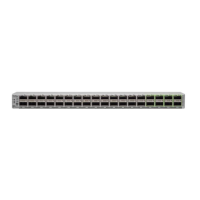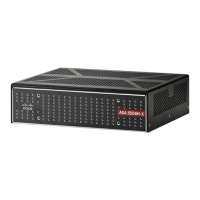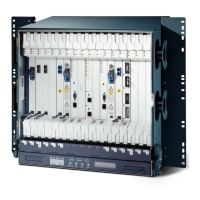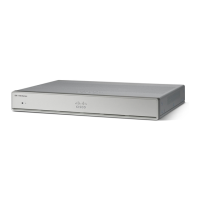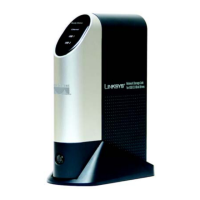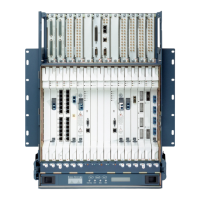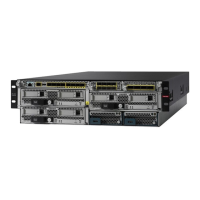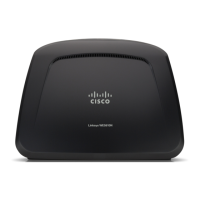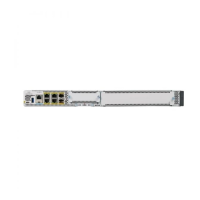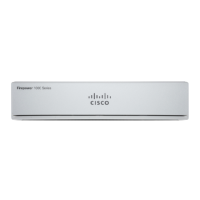Reverse
Configuration
(cont'd)
The 4x4 Reverse Configuration Module with auxiliary reverse RF
injection routes reverse inputs from Port 1 to Transmitter 1, from Port
2/3 to Transmitter 2, from Port 4 to Transmitter 3, and from Port 5/6
to Transmitter 4. An RF signal from an external source can optionally
be injected and coupled with reverse RF inputs from Ports 3/6 and
routed to Transmitter 1. (Note that this module is typically installed
when using EDR multiplexing digital reverse modules. Since the
digital reverse module occupies the physical space that transmitters 3
and 4 normally occupy in the node base, this reverse configuration
module is typically used with a 6-port optical interface board.)
This module converts an optical signal from the headend into a
forward path RF signal. An SC/APC fiber connector is standard.
Optical power, test points, and status LEDs are provided.
This module converts reverse path RF signals from the network into
an optical signal. An SC/APC fiber connector is standard. Multiple
transmitter options are available such as uncooled DFB, 1550 ITU, and
EDR. EDR uses the included LC/APC connector that jumps over to an
SC/APC bulkhead. Optical power, test points, and status LEDs are
provided.
Erbium-doped fiber amplifier modules are available in two categories:
broadcast and narrowcast (gain-flattened). EDFAs are available in 17
dBm, 20 dBm, and 22 dBm for broadcast constant output power. A 17
dBm, 20 dBm and 21 dBm narrowcast constant gain EDFA version is
available to fit any architecture for requirements like DWDM
narrowcasting. EDFA modules are single-wide, single-output devices.
The modules mount in receiver or transmitter slots on the optical
interface board in the node lid using a reversible pin adapter. The
EDFA is monitored and controlled by the Status Monitor/Local
Control Module in the node.
The optical switch module is used for switching the input of an EDFA
module from a primary signal to a backup or secondary signal. The
module mounts in receiver or transmitter slots on the optical interface
board in the node lid using a reversible pin adapter. The switch is
monitored and controlled by the Status Monitor/Local Control
Module in the node.
